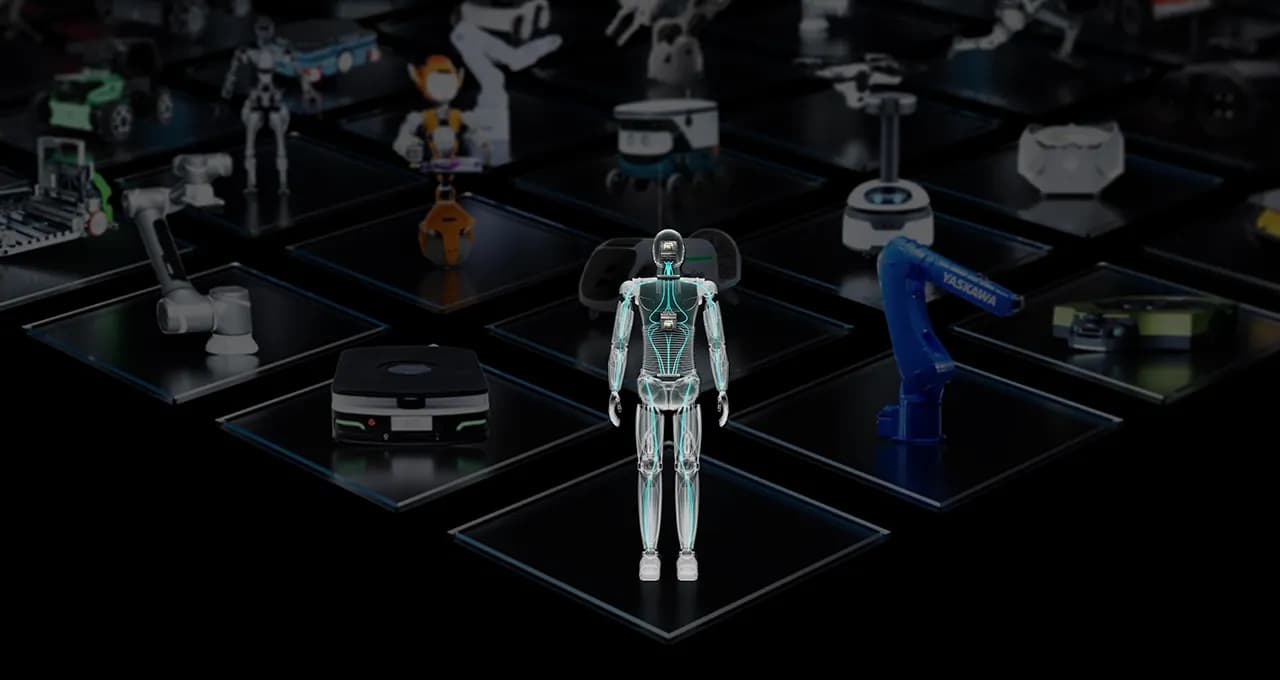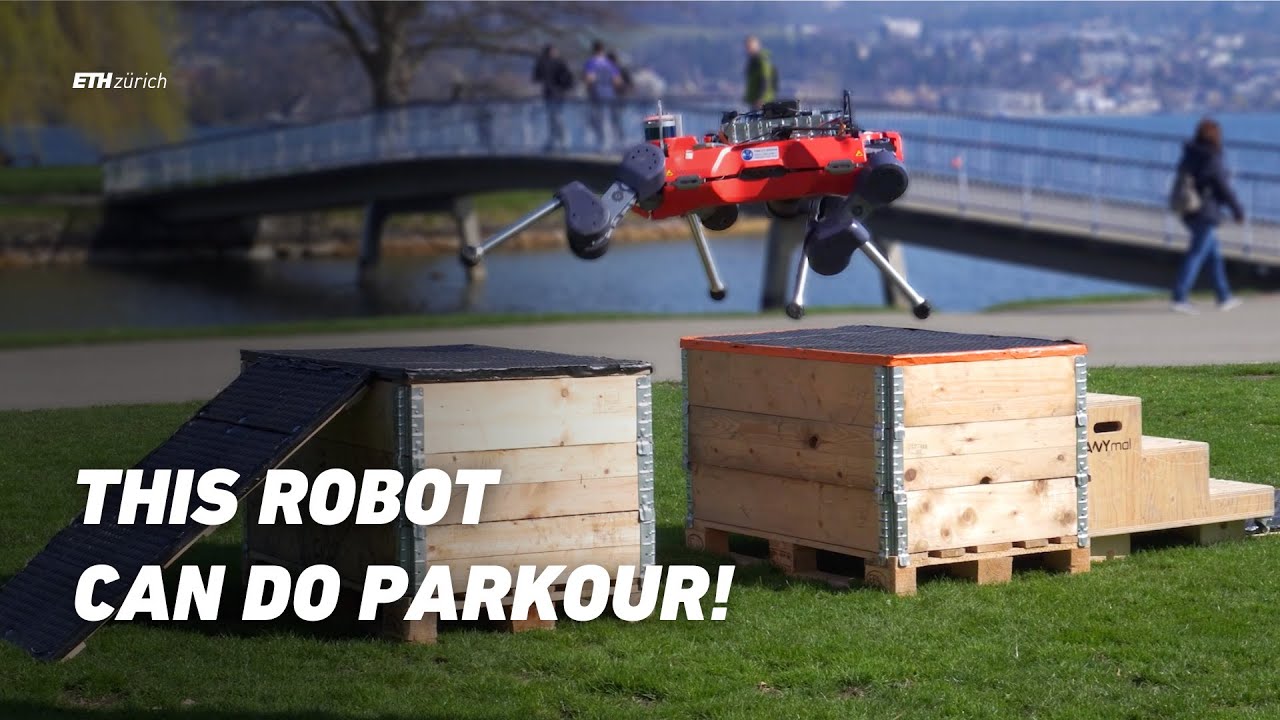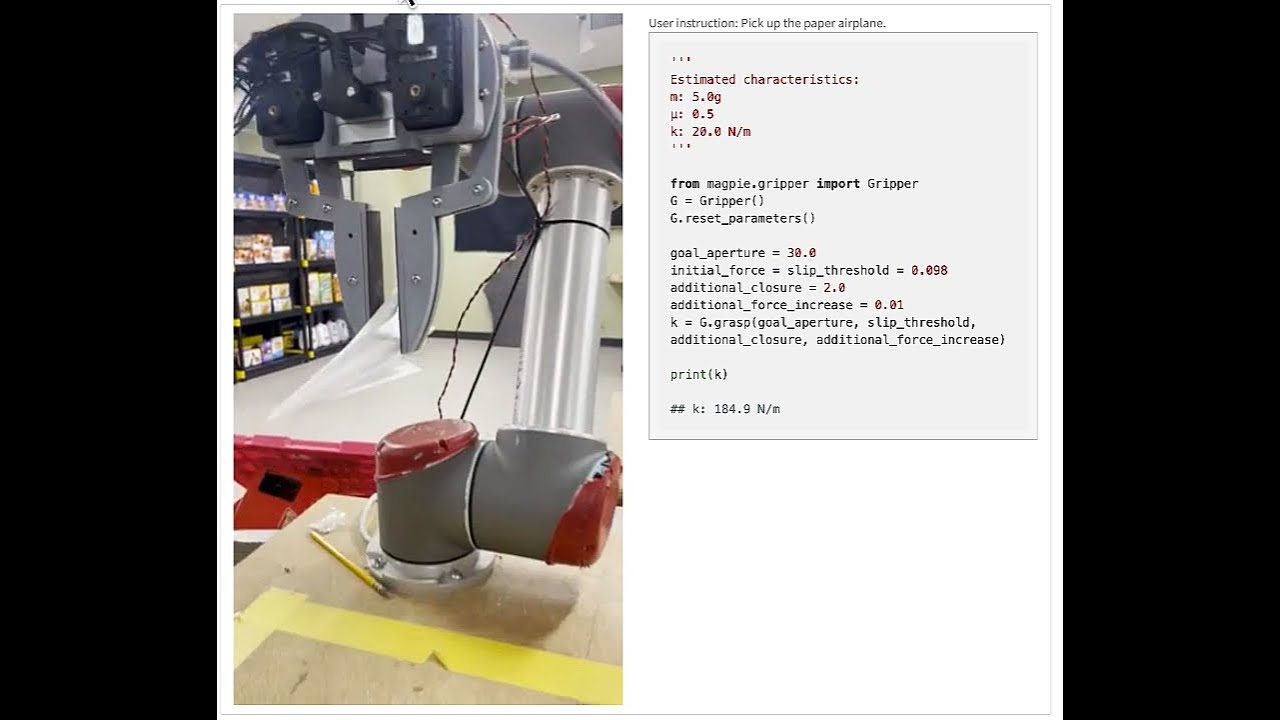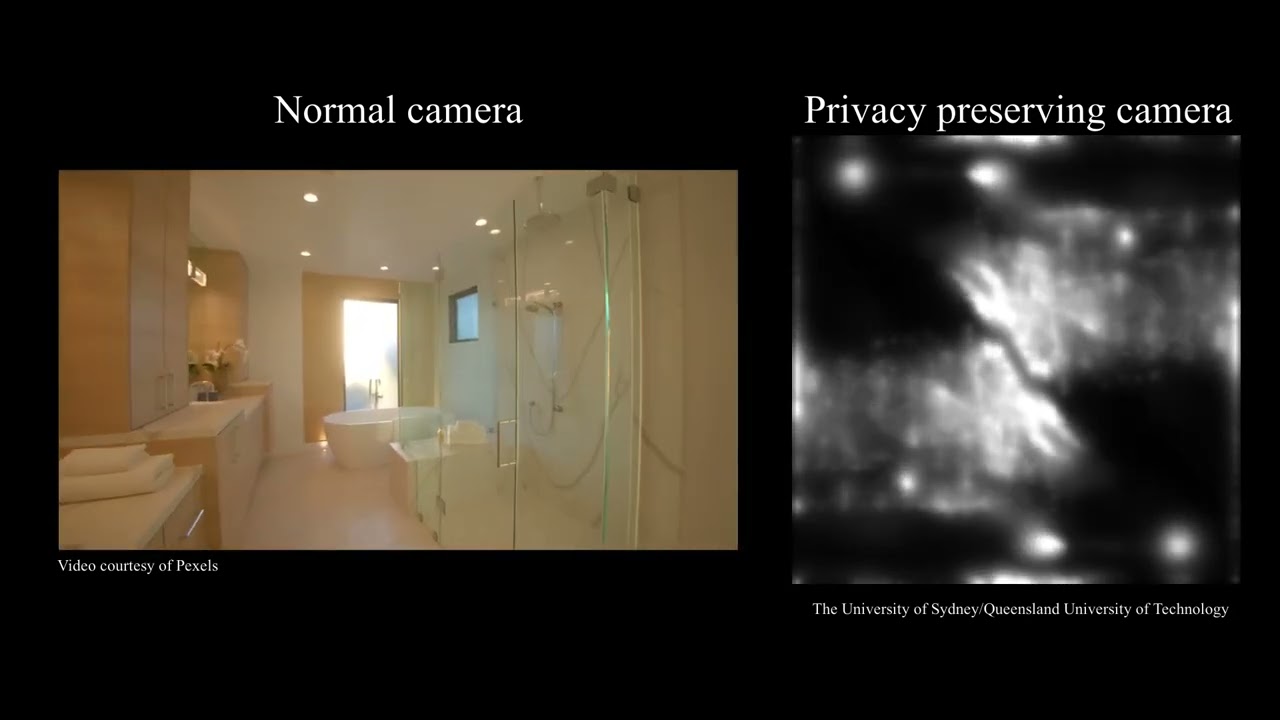
The Robotics Roundup is a weekly newspost going over some of the most exciting developments in robotics over the past week.
In today’s edition we have:
- This four-legged robot learned parkour to better navigate obstacles
- A delicate touch: teaching robots to handle the unknown
- New privacy-preserving robotic cameras obscure images beyond human recognition
- Understanding humanoid robots
- Apple explores home robotics as potential ‘next big thing’ after car fizzles
This four-legged robot learned parkour to better navigate obstacles
Researchers at ETH Zürich in Switzerland have upgraded their four-legged robot, ANYmal, with the ability to perform basic parkour maneuvers, improving its navigation over rubble and challenging terrain. The upgrade aimed to enhance the robot’s use in search-and-rescue missions at disaster sites. ANYmal’s new skills include jumping over gaps, climbing large obstacles, and crouching to pass under barriers. This development builds on the team’s previous work to improve ANYmal’s proprioception. The enhancements also saw the creation of three specialized ANYmal robots, each equipped to perform specific tasks, and tested in environments similar to lunar and Martian terrain. However, despite the advancements, significant challenges remain before legged robots can match the nimbleness and agility of humans and other animals.
A delicate touch: teaching robots to handle the unknown
First-year PhD student, William Xie, is developing a project called DeliGrasp that teaches robots to determine how gently to grasp unknown objects using large language models (LLMs). The project is aimed at moving beyond current custom solutions, helping robots translate what they can ‘touch’ into meaningful information. Xie is leveraging LLMs to estimate an object’s mass and friction, which are used to control the force applied by a two-fingered gripper on the robot. The technology has been successful in determining the ripeness of fruits and vegetables. Xie’s inspiration for the project came from his aspiration to develop assistive robots for the elderly and mobility-impaired. His work will be presented at the 2024 International Conference on Robotics and Automation taking place in Japan.
New privacy-preserving robotic cameras obscure images beyond human recognition
Researchers from the University of Sydney and Queensland University of Technology have developed a novel approach to designing cameras for smart devices that process and scramble visual information before digitization, ensuring privacy by obscuring images to the point of anonymity. This is crucial as these devices, often part of the Internet of Things, are susceptible to hacking, resulting in the potential theft of images and videos by third parties. The distorted images, which act as a “fingerprint,” remain functional for robots to complete their tasks but not detailed enough to compromise user privacy. The team has managed to segment the processing within the optics and analog electronics of the camera, beyond the reach of attackers, providing a greater level of protection compared to previous methods. The researchers tested hacking attempts on their approach, but were unable to reconstruct the images in a recognizable format, and are now asking the community to perform further testing to validate the security of their solution.
Understanding humanoid robots

The article discusses the history, development, and current state of humanoid robots, focusing on the concept of the general-purpose humanoid. The term “robot” was first introduced in Karel Čapek’s play, R.U.R, and has evolved significantly since then. The humanoid form of robots is still an ideal for many, although technology is not yet fully aligned with this vision. The ideal general-purpose robot is one that can adapt to various tasks and perform functions that a human can do. However, achieving this goal is a gradual process and the time when a system becomes general-purpose is difficult to determine.
The article also explores the practicality of humanoid robots in brownfield factories, which are designed with human workers in mind and are difficult for wheeled robots to navigate. There is a view that humanoid robots could be a useful transitional step towards fully automated factories. The article asserts that even if humanoid robots do not become widespread in future factories, the research and development undertaken in this field will still yield significant technological breakthroughs. Currently, the humanoid robotics field is in the pilot stage, and although there have been some promising partnerships, like BMW with Figure and Mercedes with Apptronik, the specifics of these pilots are often undisclosed.
Apple explores home robotics as potential ‘next big thing’ after car fizzles
Apple Inc. is reportedly investigating a foray into personal robotics, according to anonymous sources. The company’s engineers have been exploring the creation of a mobile robot that follows users around their homes and a table-top device that uses robotics to move a display. The projects, which are still in their early stages, are part of the company’s search for new revenue streams following the scrapping of its electric vehicle project. The robotics endeavors are being conducted within Apple’s hardware engineering division and its AI and machine learning group, under the supervision of home products-focused executives Matt Costello and Brian Lynch.


